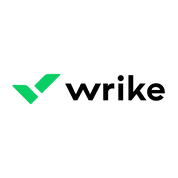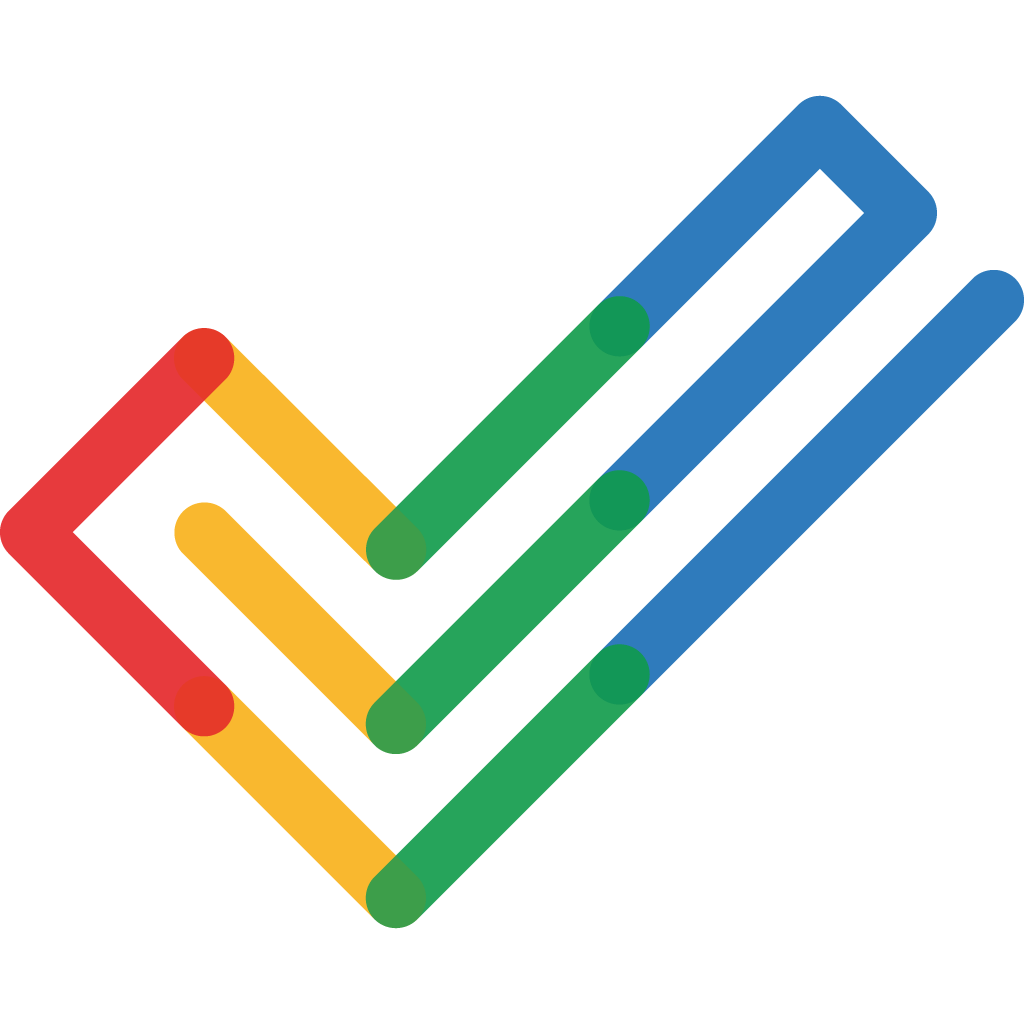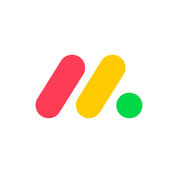Some top alternatives to Hive includes Wrike, Smartsheet, TeamGantt, Zoho Projects and Height.
No, Hive doesn't provide API.
No, Hive doesn't provide mobile app.
Hive is located in Berlin, Germany
Hive offers Quotation Based pricing model
The starting price is not disclosed by Hive. You can visit Hive pricing page to get the latest pricing.






















